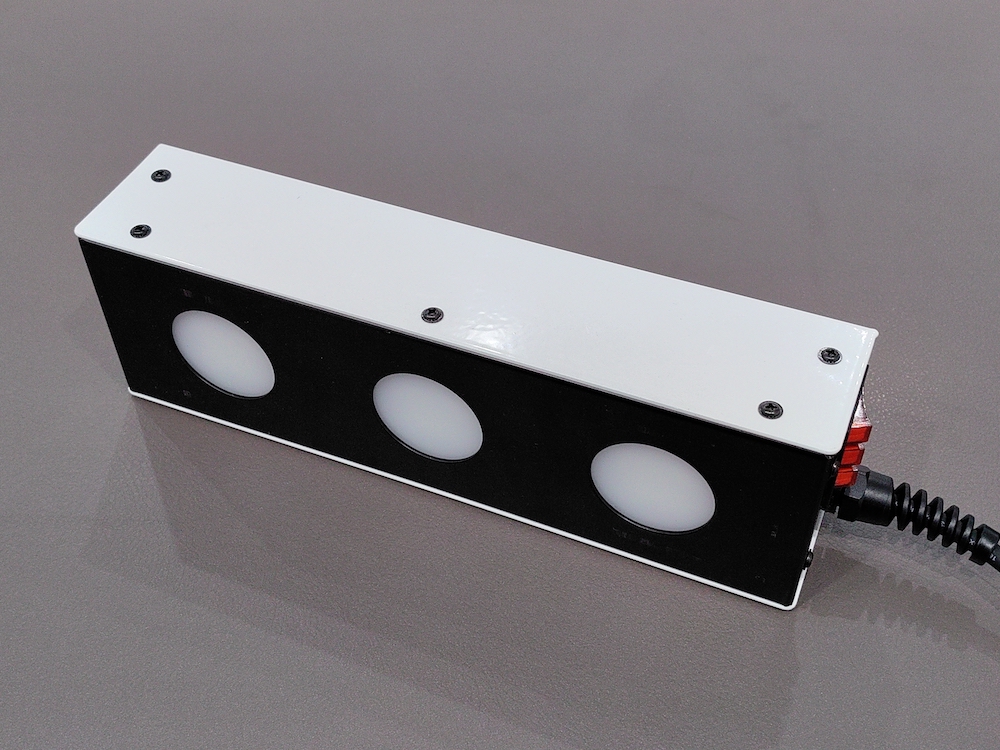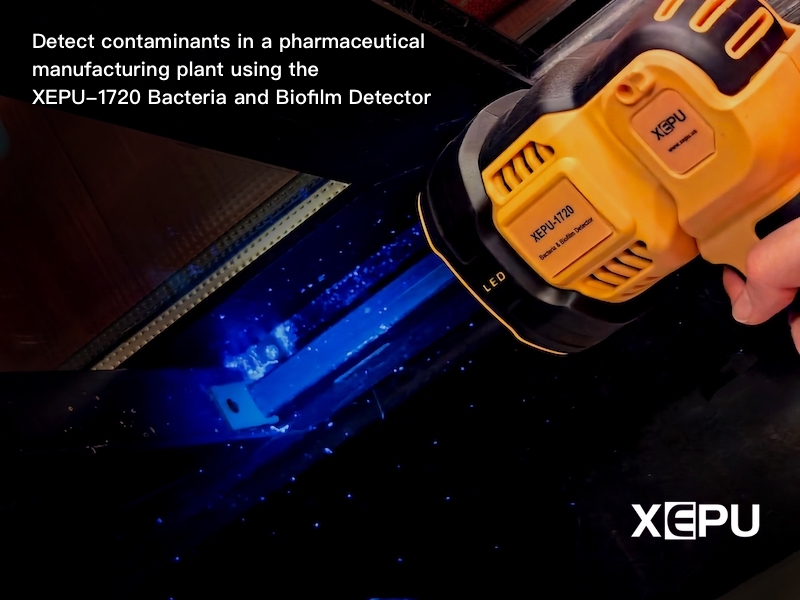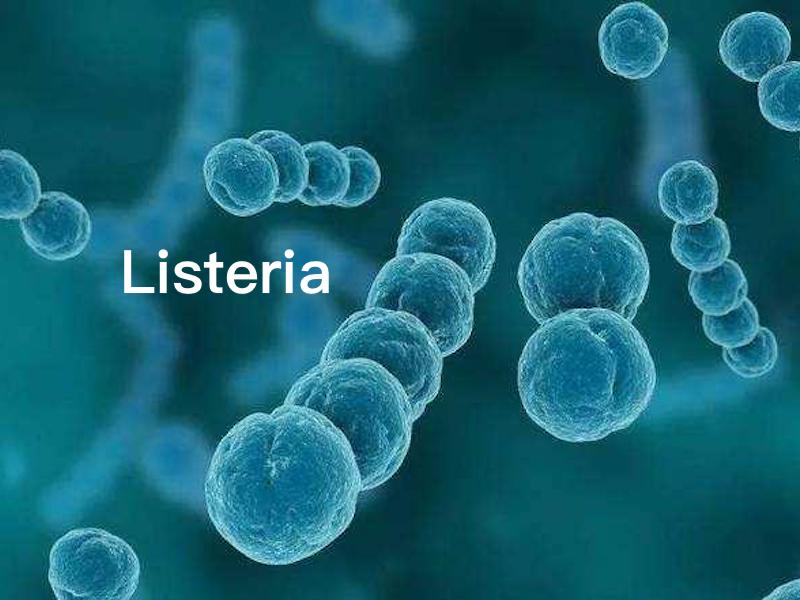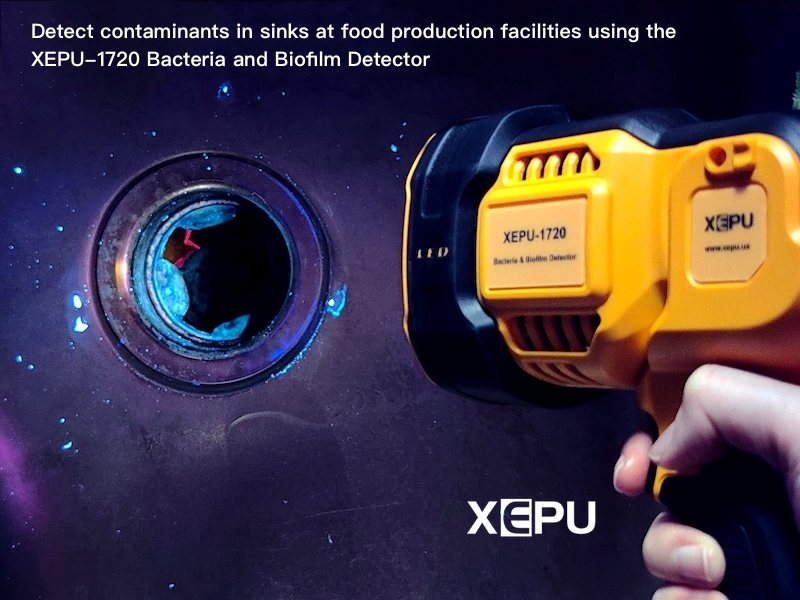GFP as a Reporter Gene in Plants
Applications of GFP in Plants
The green fluorescent protein (commonly known as GFP) of the jellyfish Aequorea Victoria has recently been used as a universal reporter in a wide range of heterologous living cells and organisms. GFP, due to its efficiency and sensitivity, is increasingly being used in plant research, molecular and cellular biology. At the cellular level, GFP is being used as an in vivo reporter to assess frequency of transient and stable transformation. GFP has also proven to be an ideal tool in monitoring trafficking and subcellular localization of protein. At the organ level and up, many exciting applications are rapidly emerging.
The development of brighter GFP mutants with more robust folding properties has enabled better visualization of GFP in whole leaves and plants. One useful mutant of GFP is enhanced green fluorescent protein, known as EGFP. EGFP is more sensitive compared to GFP and offers brighter fluorescence. An interesting example has been the use of GFP to monitor virus movement in and among whole plants.
GFP is also emerging as a powerful tool to monitor transgene movement and transgenic plants in the field. GFP can be used to monitor gene expression, signal transduction, co-transfection, transformation, protein trafficking and localization, protein-protein interaction, cell separation and purification, and cell lineage in higher plants. GFP is also suitable for many other applications in genetically modified living cells and tissues of higher plants.
Figure below: GFP fluorescence in leaves
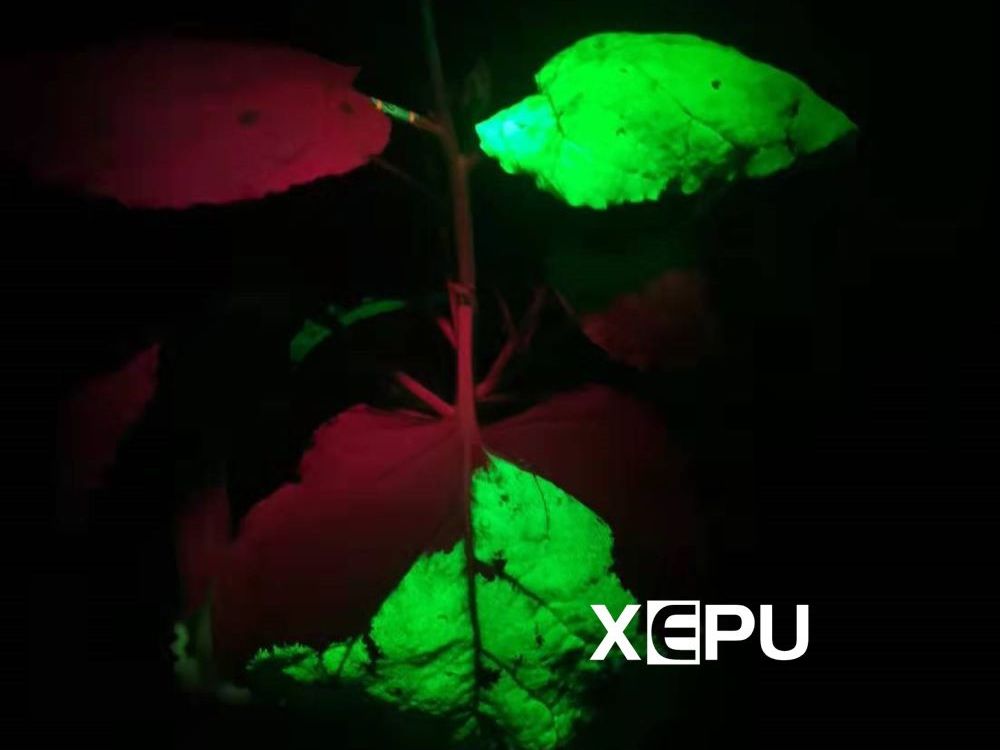
Excitation of GFP in Plants
GFP exhibits green fluorescence when exposed to light in the blue to ultraviolet range. The most commly used excitation wavelength for GFP and eGFP is 440-460 nm.
XEPU Scientific manufactures a range of fluorescent protein excitation lamps that are capable of exciting different types of fluorescent proteins and other fluorophores. Using XEPU GFPfinder fluorescence flashlights, you can observe GFP fluorescence by the naked eye and record fluorescence with the supplied camera filter. No need for fluorescence microscope, view fluorescence anytime and anywhere!
Learn more about XEPU GFPfinder fluorescence flashlights and lamps:
GFP Flashlight GFPfinder-2101RB
Portable GFP Analysis Cabinet GFPfinder-2106RB
Three-wavelength Fluorescent Protein Lamp GFPfinder-2103RGU
Figure below: Three-wavelength Fluorescent Protein Lamp GFPfinder-2103RGU provides three excitation lights of different wavelengths (blue light 440-460nm, green light 510-540nm, and ultraviolet light 360-380nm). GFPfinder-2103RGU can be used to excite green fluorescent protein (GFP), red fluorescent protein (RFP), and DAPI.
